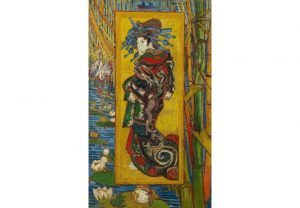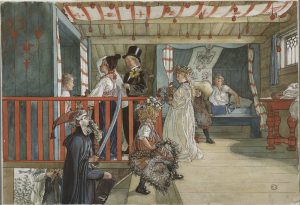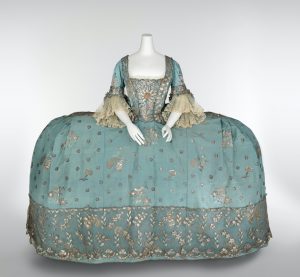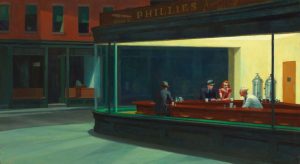Eternal Flowers
Rijksmuseum
Browsing Public Domain Artwork of World Museums
No.003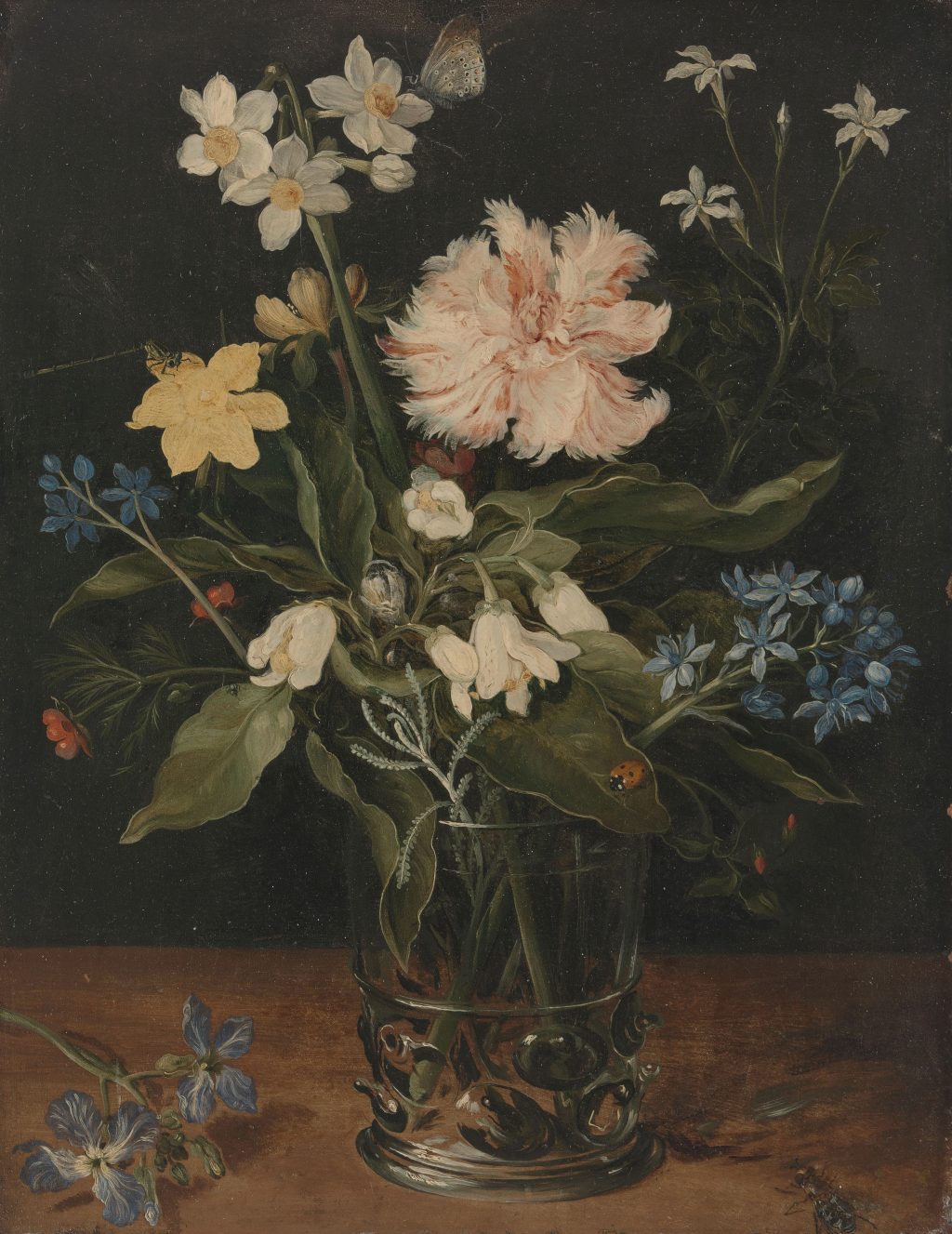
This is a series of articles presenting art museums around the world that offer free online access to public domain works (intellectual property not protected by copyright) in their collections. The third installment of the series takes us again to the Rijksmuseum and puts the spotlight on the museum’s rich collection of 17th century still-life paintings from the Dutch Golden Age. In that period, the development of horticulture and the implementation of religious reforms inspired many artists to turn to flowers as a motif in their still-life paintings. This article presents three artists who created numerous floral still lifes. Junko Tanaka, a curator at the Makino Memorial Garden & Museum, explains the characteristics of their paintings.
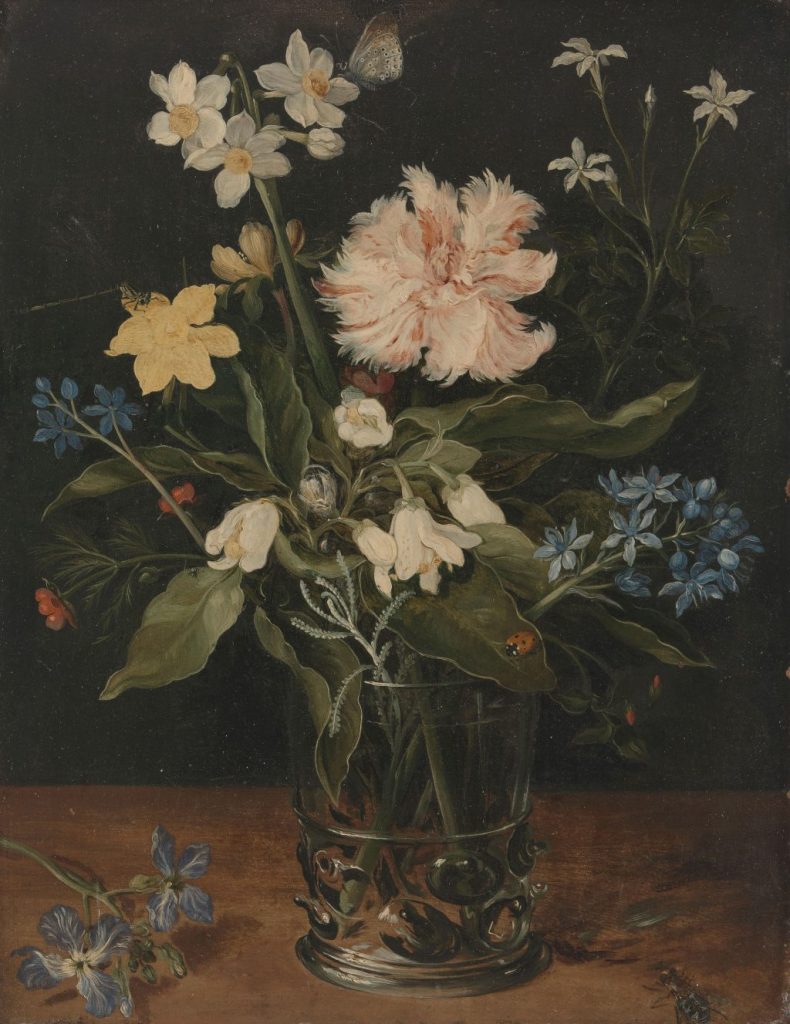
The lack of attention-grabbing flowers, such as roses and irises, and of tulips, which during the Dutch Golden Age were the object of a public frenzy, perhaps explains the soft colors and gentle ambience of the painting. This style of floral still lifes that feature bouquets of flowers in vases or baskets, with the additional detail of insects and seashells, was established by the artist’s father, Jan Brueghel the Elder, and his disciples. Looking at the floral still-life paintings that truly “blossomed” in 17th century Netherlands, one can easily imagine that Dutch people of that period experienced through them not only the beauty of nature but also the presence of God.
Abraham Mignon, Still Life with Flowers and a Watch, C. 1660-1679
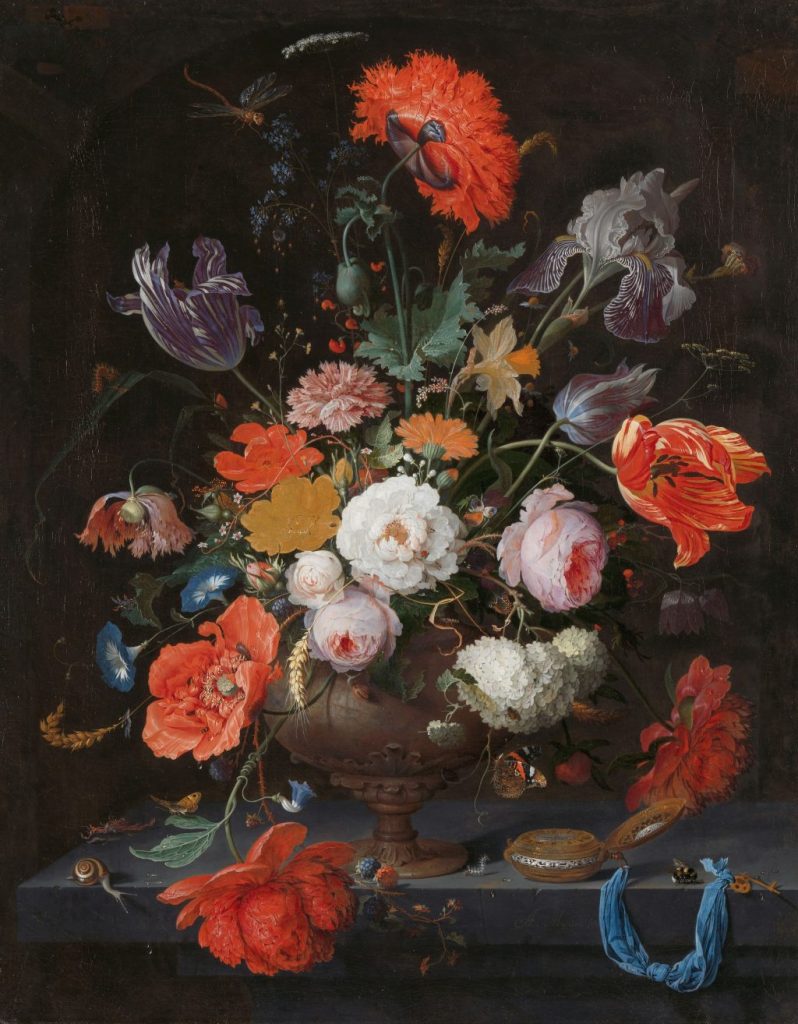
The splendor of the flowers is instantly captivating. The roses in the center of the composition are depicted in light colors and project a centripetal force, while the flowers around them are oriented in different directions and create the impression of a large rotating motion. The iris, which extends upward along the diagonal of the canvas, and the red drooping Chinese peony create a fascinating contrast. The poppy at the peak of the composition and the other red flowers in full bloom guide the eyes to the watch on the countertop. The painting seems to convey the message that time is running out and the brilliant colors of the flowers will fade away, too.
Rachel Ruysch, Flower Still Life on a Marble Ledge, 1716
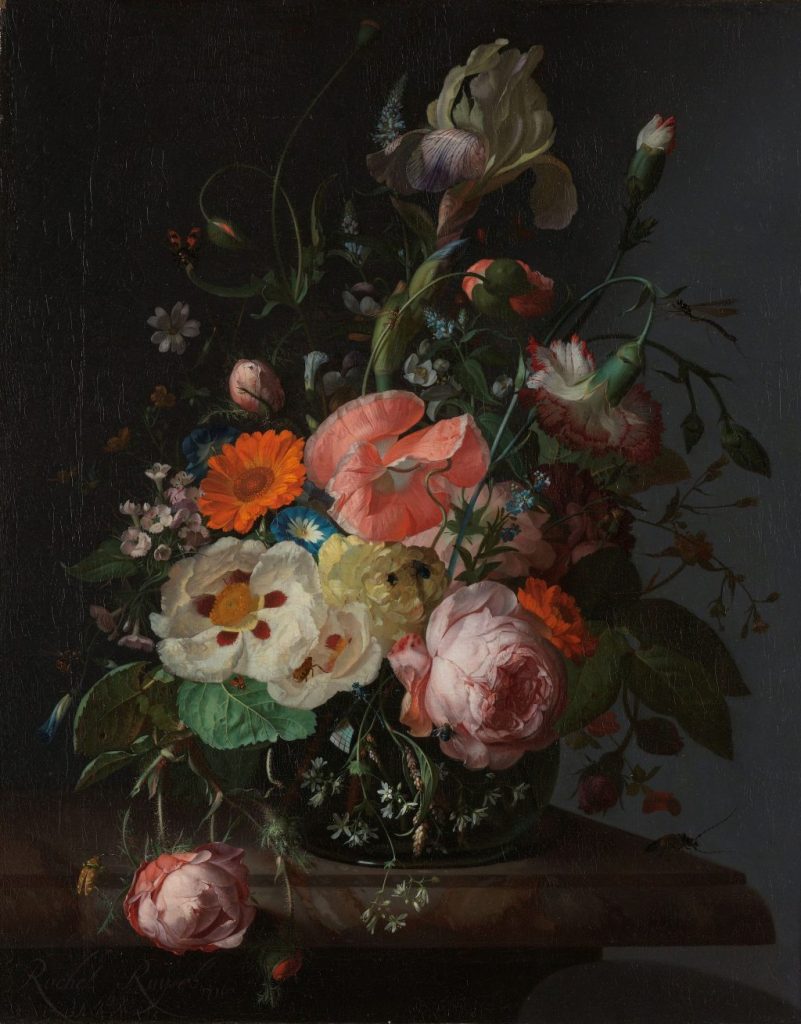
This painting projects a gentle ambience that is beyond description. The bright red blotches on the base of the petals of the white rose are particularly impressive. In the upper half of the painting, an iris is extending obliquely upward and the stems of the poppies and the carnations that are wrapped around it appear to be swaying gracefully, creating a sense of motion throughout the painting. The rose hanging low under the weight of its luxuriant petals tightens the composition. Ruysch’s still-life paintings have a precise and realistic quality to them. It is perhaps a reflection of her experience, at a young age, of painting the flowers and insects in the vast collection of her father who was a scientist.
Japanese original text: Junko Tanaka (curator at Makino Memorial Garden & Museum)
The Rijksmuseum
As a national institution and the largest art museum in the Netherlands, the Rijksmuseum is best known for its extensive collection of Dutch art, which, in addition to the works of the artists presented in this article, contains floral still-life paintings by Balthasar van der As, Abraham Hendrik van Beijeren, and other painters.
*The public domain works presented by the Rijksmuseum can be accessed from the official website of the museum.
https://www.rijksmuseum.nl/en
https://www.rijksmuseum.nl/en/rijksstudio
Address: Museumstraat 1, 1071 XX Amsterdam, The Netherlands
Open: 9 a.m. - 5 p.m.
Admission fee: Adults €20 (€19 if purchased online)
Free admission for children aged 18 and under


